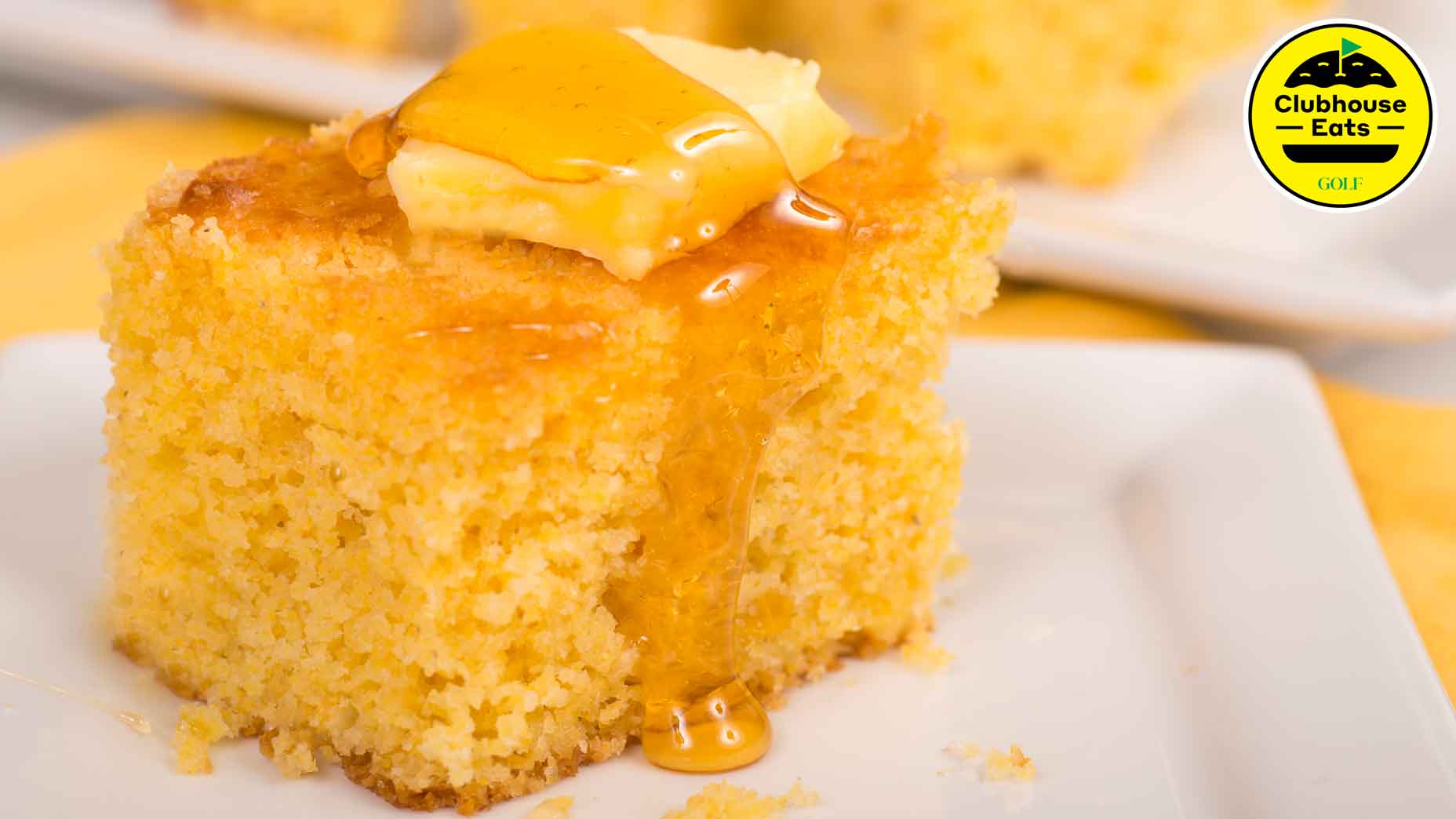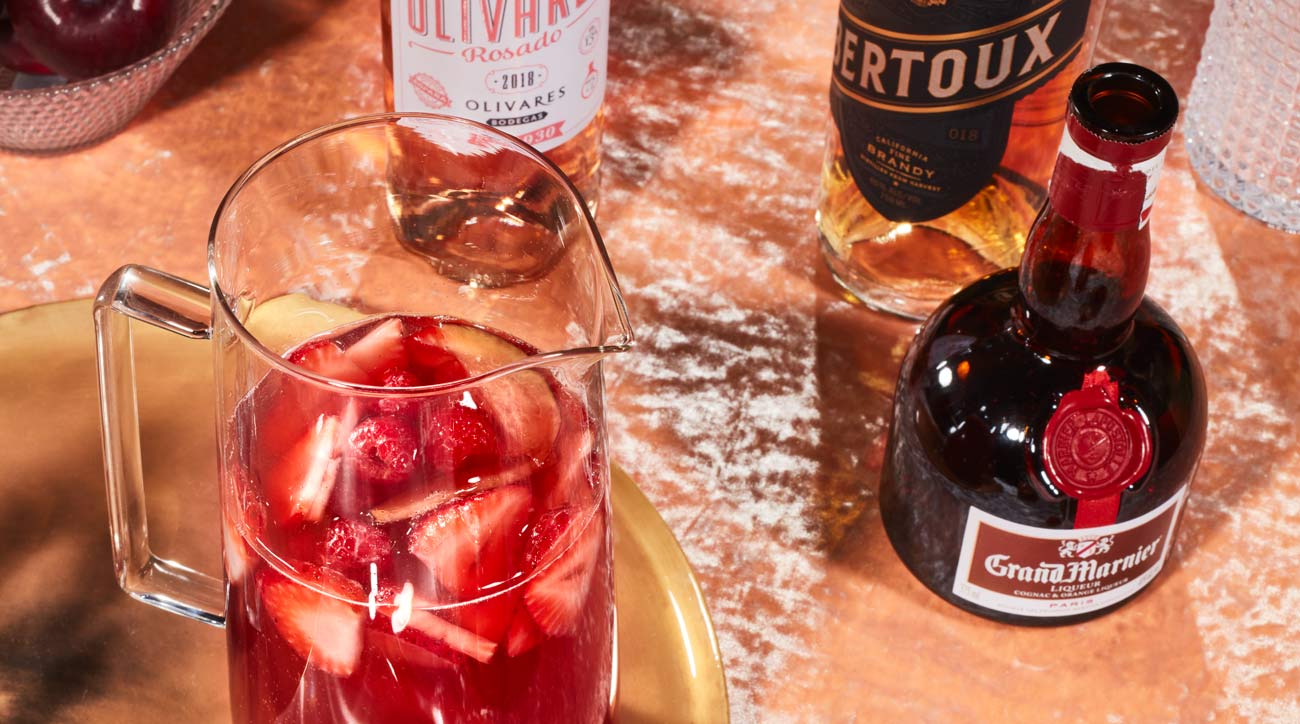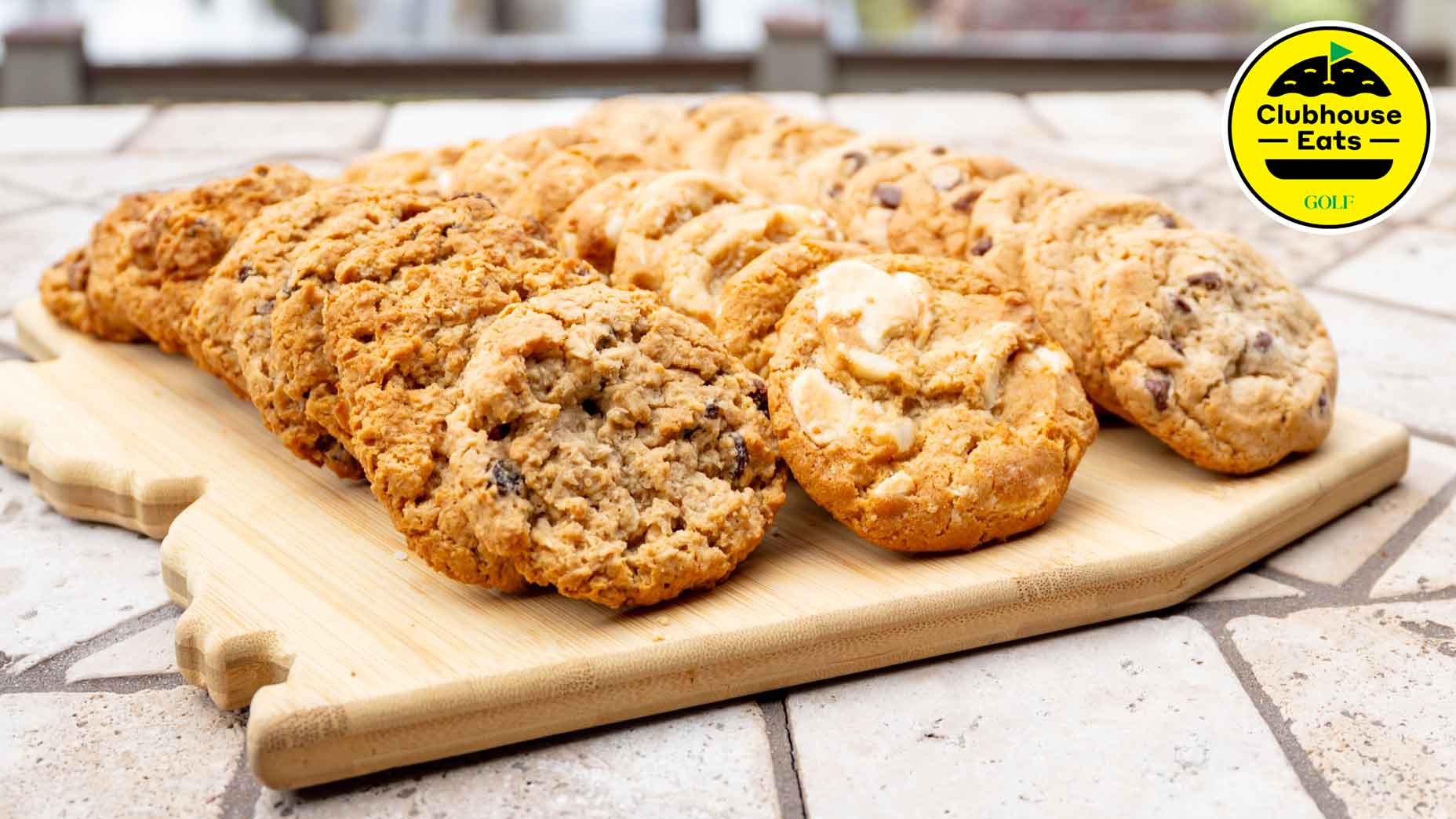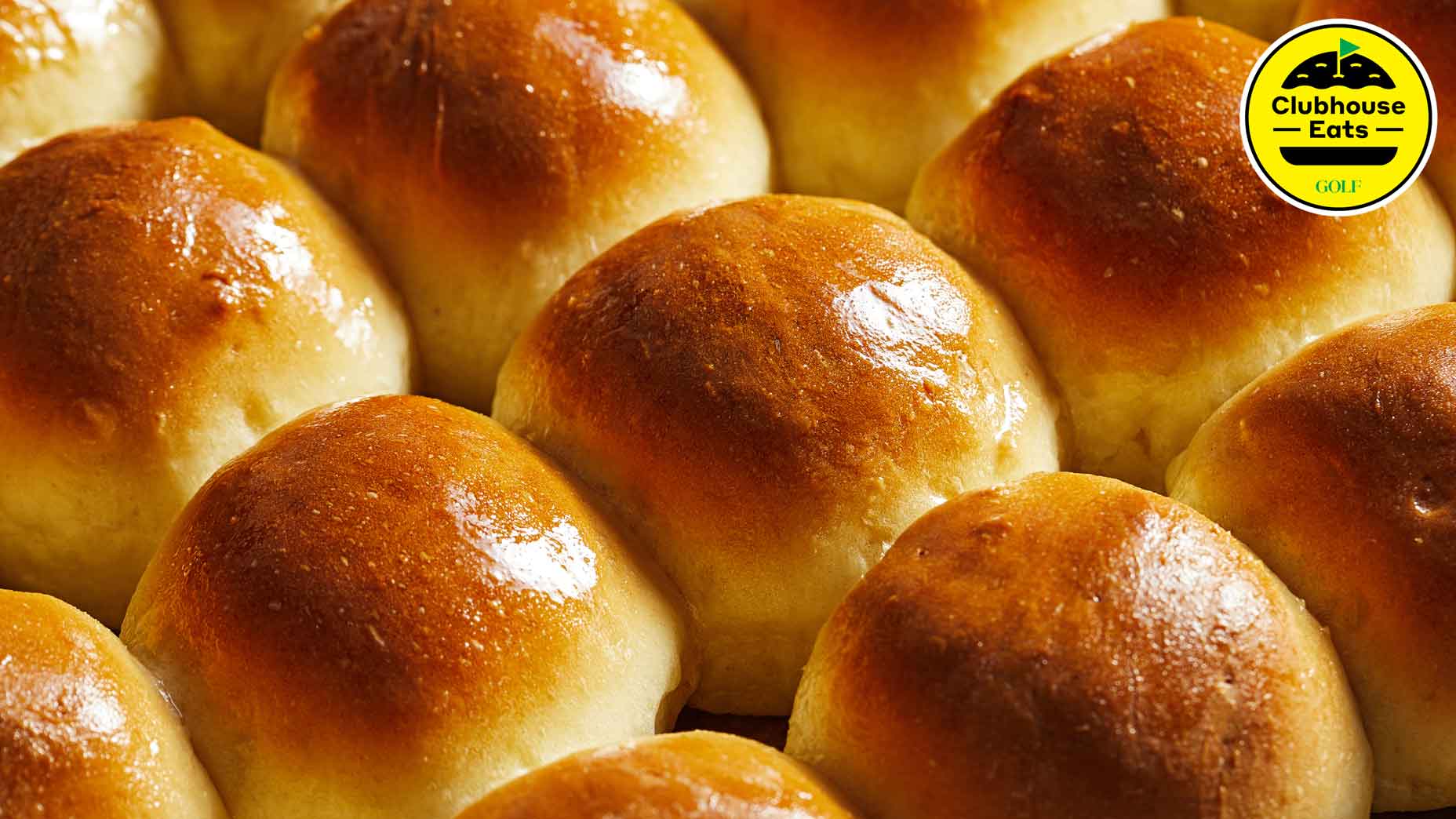 The keys to making perfect cornbread, according to a golf-resort chef
The keys to making perfect cornbread, according to a golf-resort chef
A classic Manhattan is the perfect post-round potion

Jules was a lawyer by trade, a quiet, bespectacled fellow with an ale belly. He was a professional, and 40 years or more on I can recall him trundling the fairways sipping from a can of Ballantine. Jules’ affinity for that particular beer and its distinctive XXX branding earned him the nickname “Triple X.”
One day Triple X addressed a ball in the rough, and verily he did smite it to smithereens. The ball exploded into many hundreds if not thousands of white bits, rendering Triple X dumbstruck. Slowly he raised his head, and sputtered to his caddie, “Diiii diiii diiiiid you see that?” “Yes,” said my brother Whitey, who was on the bag for Triple X that day. “It was a mushroom.”
I was thinking about that moment on my weekday morning walk to the train station. I know not why it popped to mind, as I never can tell what’s next on the Corcoran Channel, but it did prompt another thought about how exceedingly heavy golf bags were back in the day. Caddies of a certain stature would sometimes vet their man’s bag, searching for unnecessary weight to remove. For example, because the bags had several sizable and deep pockets, it was not uncommon for many dozens of balls to accumulate.
I was in the same group with Whitey one day when, at the first tee, he unzipped the long side pocket of one member’s bag and pulled out two pair of sturdy, leather spiked shoes. “Do you think we’re going to need these today?” he asked the already shod member. One item those bag searches frequently turned up was a familiar blue drawstring pouch; the former home to a bottle of Crown Royal. Before everything in golf became fancified, the Crown Royal sack was a nearly ubiquitous piece of gear that served as a repository for things a player really did not want to lose — car keys, cash, wedding rings, although many would have rather lost the latter than lose an automatic two-down press.
As with boat ownership, if you weren’t a Crown Royal drinker, it was good to be friends with someone who was. My brother Tim’s longtime pal Noga is a Crown Royal man. His first name is Tom, but my father had a habit of referring to any friend of our family by only their last name. Noga drinks Crown on ice, but never partakes of a Crown Manhattan because he says the vermouth leaves him in a state of overserveditude. Despite that wisdom, of late the Manhattan has been my go-to while I tend to the weekend steaks on the grill.
For years I have been trying and failing to replicate the icy film atop my Manhattans that I first enjoyed at Gibson’s in Chicago. I have discussed the challenge with many bartenders, and determined that the type of ice is the key factor, but my wife has ignored my persistent suggestions that a commercial icemaker would complement the decor in our bedroom. Recently, I had an aha! moment. In a cocktail shaker, I stirred my Manhattan ingredients with regular cubed ice and let the shaker sit for 15 minutes while a stemmed glass rested in the freezer. My moment of genius had arrived. I put two hefty handfuls of ice in a zip-top plastic bag and gently crushed them with the flat side of a meat hammer. I dumped the crushed ice into the drink, and rattled that thing like a paint shaker in a hardware store, until finally the outside of it was a sheet of ice unto itself. I poured. And lo, a thin glacial layer did form. I sipped, basking in sublimity, until the cap of the shaker shot up like a mortar shell and hit me in the head, leaving a perfectly circular welt that remained visible well into the evening.
So, we end with this lesson: If, like me, you mix enough Manhattan ingredients for two and a bit drinks and then shiver the bejejus out of it, do not replace the cap on your cocktail shaker after you pour the first glassful. Whatever gas buildup occurs if you do is enough to make you realize we really shouldn’t be putting this stuff in our bodies. That, my pals, is called science.
ADVERTISEMENT

Creative barkeeps are free to customize this classic cocktail.
A Manhattan has three key ingredients: A whiskey you like, sweet vermouth, and bitters. A purist will say you should use rye. Purists are idiots. Sweet vermouth is the red stuff, and my personal bar is stocked with Noilly Prat Rouge (1), which sits alongside Jerry Thomas’ Own Decanter Bitters (2). Two parts whiskey, one part vermouth, dashes of bitters to suit your taste.
Don’t skimp on the vermouth like you might with a martini. If you don’t drink your Manhattan up, you should still mix and chill it separately before pouring it over ice. A bit of orange peel is a nice garnish, especially if you rub the rim of the glass with it.
If you want to go with the classic Manhattan, try Bulleit Rye (3). After one or two, you won’t notice that the founder of the company couldn’t spell “bullet” or his own name. For a variation, use Jim Beam Black (4). It’s a lovely Kentucky bourbon, and they call their version a Black Manhattan. Not terribly clever in the naming department, but a tasty alternative nonetheless.
Canadian whiskeys work well. So even though Noga won’t mix his Crown Royal (5) with vermouth, you can. Maybe you’ll learn firsthand why he doesn’t!
For something really different, make a Manhattan using Southern Comfort (6). I learned this from my mother-in-law. Don’t tell anyone, but I actually do drink these. Oh geez, I guess I just told everyone.
To receive GOLF’s all-new newsletters, subscribe for free here.
ADVERTISEMENT





